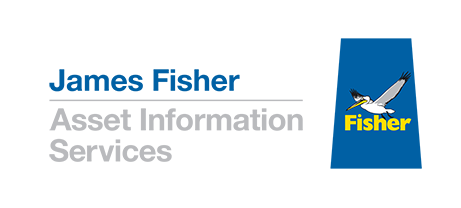The Challenge
Lift planning in offshore environments, particularly on FPSOs, presents unique challenges due to limited space, complex steel structures, and the need for precise execution. A lift planner working across two FPSOs faced ongoing difficulties in efficiently planning and executing lifts, particularly for critical components such as valves and compressors.
Traditionally, lift planning involved time-consuming manual site surveys, requiring personnel to physically inspect an area, take photographs, and relay information onshore. This process introduced significant inefficiencies, including:
- Delays in identifying equipment and access points – Without up-to-date asset visualisation, planners often had to request multiple photographs or rely on 3D models with inconsistent tag placement, leading to confusion over component locations.
- Uncertainty around structural interferences – Limited visibility of surrounding steelwork, cable trays, and other obstructions made it difficult to assess lift feasibility before execution.
- Inefficient communication between teams – Lift plans had to be created and distributed manually, increasing the risk of misalignment between deck foremen, offshore personnel, and engineering teams.
- High dependence on offshore personnel – Before digital twin integration, obtaining site imagery and lift information could take up to half a day, causing unnecessary downtime and delaying operations.
With multiple complex lifts required across two FPSOs, the client sought a digital solution to enhance accuracy, efficiency, and safety in lift planning.
Our Solution
To tackle these inefficiencies, the R2S digital twin platform was deployed, providing a high-fidelity, interactive visualisation of FPSO assets. This enabled lift planners to perform remote lift assessments, reducing the need for unnecessary site visits and improving planning accuracy.
How R2S transformed lift planning:
- Instant asset visualisation for lift planning
Planners can now locate valves, steelwork, and obstructions in seconds, removing the need for offshore personnel to manually take and send photographs.
Up-to-date, high-resolution imagery ensures planners can zoom in on specific areas while maintaining clarity. - Improved structural awareness and access planning
The ability to navigate FPSO modules in 3D allows planners to check whether a scaffold, crane, or lifting device will fit in a given space. - Obstruction identification – lift planners can now pre-emptively remove cable trays, assess steelwork constraints, and determine lift directionality before execution.
- Seamless collaboration between onshore and offshore teams
Lift plans can be attached directly to equipment within R2S, eliminating the need for deck foremen to create separate plans.
Live collaboration via Teams allows engineers to walk personnel through a job remotely, providing precise lift guidance in real time. - 90% time savings in lift planning
Previously, obtaining required imagery could take up to half a day. Now, planners can find and assess a lift location in less than five minutes.
Faster job preparation – no more requesting and waiting for site photographs or second-guessing tag placements on 3D models.

Lift Planner, West AfricaThe biggest thing with me is time. It’s time with me, and this saves a lot of time. It’s ideal.
Our Impact
- 90% faster lift planning process
Previously half-day site surveys now take minutes, accelerating project execution. - Increased planning accuracy and safety
Obstructions like cable trays are identified and removed before lifting operations begin.
Planners can verify steelwork integrity remotely, reducing the risk of mid-operation obstructions. - Enhanced team collaboration and knowledge sharing
No need to manually exchange photographs – all personnel now access up-to-date imagery in R2S.
Lift plans are centralised and accessible, ensuring all stakeholders have the same information.
Future Prospects
With proven efficiency gains, the next phase of digital integration will focus on:
- Integration with lift planning workflows – Embedding interactive lift plans and risk assessments directly within R2S for instant reference.
- Expansion to additional assets – Scaling R2S adoption across FPSO operations to standardise lift planning.
- Predictive planning and load testing – Using historical lift data and AI-based analytics to optimise future lift strategies.
By leveraging digital twin technology, FPSO operators are transforming lift planning—improving efficiency, reducing operational risks, and driving safer offshore operations.



 Read James Fisher and Sons plc's latest Annual Report
Read James Fisher and Sons plc's latest Annual Report